Based on a Russell Hobbs 4 Slice Stainless Steel Toaster – 13976
Running a toaster on battery power can be challenging due to the high power requirements of most toasters. Consider the following factors:
Power Requirements: Toasters typically have high power demands, ranging from 800 to 1500 watts or even higher. This means they draw significant power during operation, which can strain battery backup systems. Ensure your battery backup system has sufficient capacity to handle the toaster’s power needs.
Battery Capacity: The battery backup system must have a large enough capacity to power the toaster for the desired duration. Since toasting is a relatively short process, the battery backup should provide enough power for the entire toasting cycle. Assess the toaster’s power consumption and duration to determine the necessary battery capacity.
Inverter Compatibility: Battery backup systems use inverters to convert DC battery power into AC power required by appliances like toasters. Verify that the inverter in your battery backup system can handle the toaster’s power requirements. Some inverters may have limitations on the maximum power they can supply.
Load Priority: If multiple appliances are connected to the battery backup system, prioritize which loads are most crucial during a power outage. Essential appliances like refrigerators, medical equipment, or lighting should typically take priority over less critical loads like toasters. Ensure the battery backup system is sized and configured to meet the power needs of all connected loads.
It’s crucial to consult with a qualified electrician or battery backup system installer to assess your specific situation and determine if your toaster can be safely and effectively powered by a battery backup system. They can evaluate the power requirements, battery capacity, and compatibility to ensure a reliable and efficient setup.

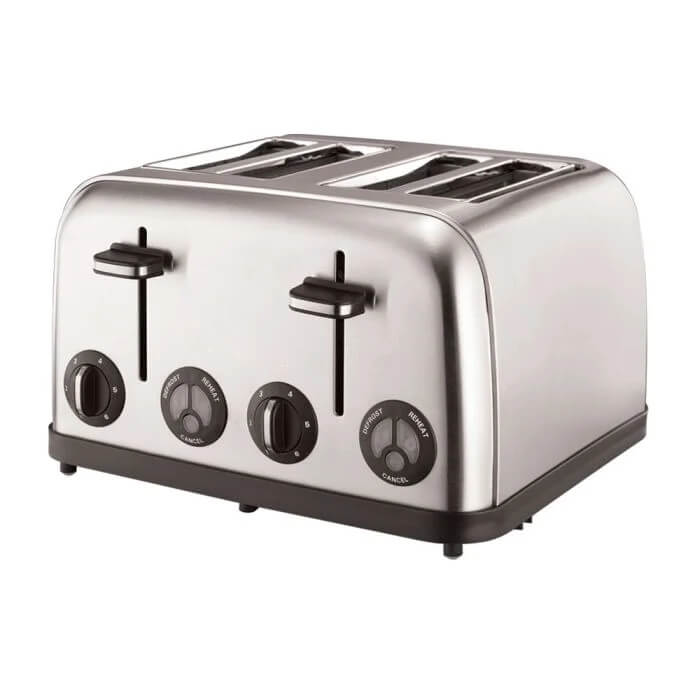
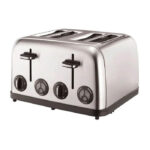
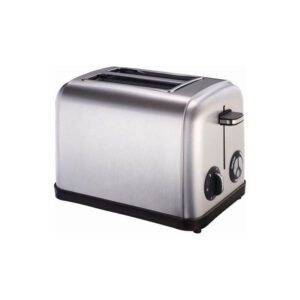
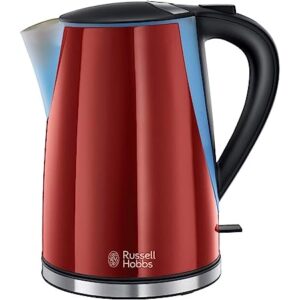
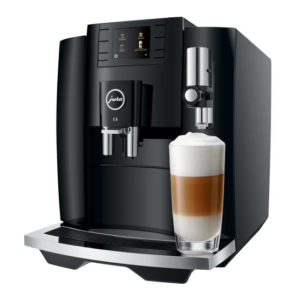
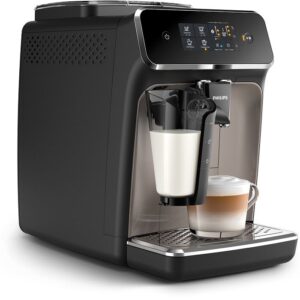
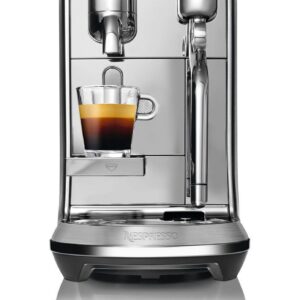
Reviews
There are no reviews yet.